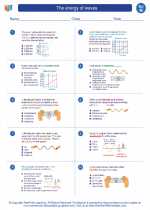Genus Pan
The genus Pan is a classification of primates that includes two species: the common chimpanzee (Pan troglodytes) and the bonobo (Pan paniscus). These two species are closely related to humans and are collectively referred to as the "great apes."
Physical Characteristics
- Both species have long arms and opposable thumbs, which allow them to grasp objects and manipulate their environment.
- They have a relatively large brain size compared to other primates.
- Chimpanzees and bonobos have a complex social structure and are known for their intelligence and problem-solving abilities.
Habitat and Behavior
- Both species are native to the forests of Africa.
- They are primarily herbivorous, but also consume insects and occasionally hunt small mammals.
- Chimpanzees are known for their tool-making and tool-using abilities, while bonobos are known for their peaceful and matriarchal social structure.
Conservation Status
Both species are listed as endangered by the International Union for Conservation of Nature (IUCN) due to habitat loss, poaching, and disease.
Study Guide
- What are the two species included in the genus Pan?
- Describe the physical characteristics of chimpanzees and bonobos.
- Where are chimpanzees and bonobos native to?
- What are the primary threats to the conservation of these species?
- Discuss the social behaviors and intelligence of chimpanzees and bonobos.






